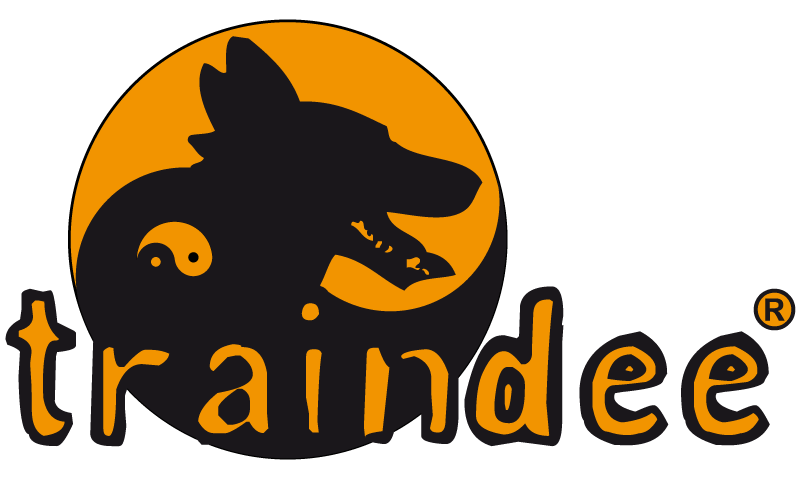
The Rottweiler: A Powerful and Loyal Companion
The Rottweiler, or Rottie for short, is a large, robust dog known for its strong, confident character. Boasting a muscular physique, thick hindquarters, and a purposeful gait, the Rottweiler’s origins can be traced back to the mastiffs of the Roman legions. Despite its intimidating reputation, this breed can be a gentle playmate and loyal companion. It combines intelligence, protectiveness, and unwavering loyalty, making it an excellent choice as a working dog, watchdog, or guard dog.
Key Characteristics of the Rottweiler
The Rottweiler is intensely loyal and protective of its trusted family members. Beyond its protective nature, this breed exhibits a playful and affectionate side, particularly when at ease. Contrary to common misconceptions, most Rottweilers have calm, loyal, and loving personalities, especially towards those they trust. However, their protective instincts may make them wary of strangers.
A Glimpse into the History of the Rottweiler
While the exact origins of the Rottweiler remain uncertain, it’s believed to have descended from mastiffs and can be traced back to ancient Rome. These dogs were once used as drovers to herd livestock for the Roman army. Later, the breed found development in the German town of Rottweil, where it served as a cattle dog and occasionally as a police dog. It was referred to as the “Rottweiler metzgerhund,” roughly translating to “butcher’s dog of Rottweil.”
In the early 20th century, the breed saw a resurgence as a police dog and began gaining popularity in the United States. The Rottweiler’s strong work ethic and versatility contributed to its growth in popularity, earning it the eighth spot among the most popular breeds, according to the American Kennel Club (AKC). The AKC officially recognized the breed in 1931.
Rottweiler Care
Rottweilers make excellent companions for various types of families, including those with children. Proper training is crucial to ensure harmonious interactions between dogs and kids. The breed’s inherent drive to work, high endurance, commanding presence, and potential for territorial behavior are traits that can be harnessed through various activities like home guarding, obedience competitions, or tracking.
Exercise
Ideally, Rottweilers require a minimum of two hours of vigorous exercise daily, including brisk walks and interactive play. Engaging in activities such as hide-and-seek, fetch, and tugging not only provides exercise but also strengthens the bond between the Rottweiler and its human companion. Given the breed’s potential aggressiveness towards unfamiliar dogs, a dog park may not be an ideal choice for socialization.
Grooming
Rottweilers have a short, somewhat coarse, yet glossy coat with moderate shedding. Basic grooming care, including periodic brushing with a curry brush, is sufficient to maintain a healthy coat. Seasonal shedding occurs in the spring and fall.
Training
Comprehensive training is essential for Rottweilers to maximize their intelligence and energy, ensuring their happiness, health, and safety. Proper socialization plays a significant role in helping the breed feel comfortable in various situations.
Common Health Problems
Responsible breeders adhere to stringent breed standards to minimize the risk of inherited health problems. While generally considered a healthy breed, Rottweilers may be susceptible to certain hereditary conditions, including Cranial Cruciate Ligament (CCL) injury, Hip Dysplasia, Osteochondrosis (OCD), and Entropion, a genetic eyelid condition.
Diet and Nutrition
Feeding a Rottweiler should consist of two daily meals, each comprising 2 to 5 cups of dry dog food. Portion size should be adjusted according to the dog’s size, activity level, age, and individual factors. Avoid free-feeding, as Rottweilers tend to overeat if given the opportunity. Maintaining a healthy weight is essential, as obesity can impact the dog’s lifespan. Consult your veterinarian for a recommended feeding schedule, food type, portion size, and exercise plan.


